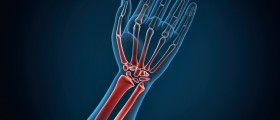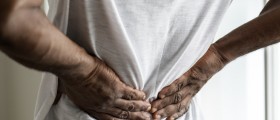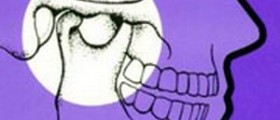
Introduction to SI joint pain
A Sacroiliac dysfunction is a pain that usually occurs in the lower back, and hip area of a person’s body.
It can also affect the buttocks and travel down the legs and around the groin area as well.
Males might also feel it in their testicles at times as well.
This is generally caused by the inflammation of the joints either from trauma, overuse, illness or infection. Eventually, it results in the pain of this so-called SI joint.
The inflammation can also affect the ligaments that surround the tissue, which in turn causes pressure to be put on the nerves, which leads to further pain.
People who have degenerative arthritis might also experience an inflammation of this joint.
The SI joint is the connection of the lower part of the spin and the pelvis, essentially, with the bones being held together by ligaments just as is the case in other joints of the body.
It helps in the twisting movements of the hips and the spine and it experiences pressure when a person is standing or walking. Pressure is extreme on this joint when a person jumps and then lands on the ground.
When these ligaments become inflamed, pain occurs in this area of the body.
Pressure from the swelling of the surrounding tissues can put added pressure on the nerves that are located in this region of the lower spine and cause further pain and discomfort. Causes
SI joint pain is usually caused either by an injury or a disease.
Postural problems can also affect the joint. Mostly, pain is attributed to trauma of the hip, improper lifting and straining chronic overuse, twisting and bending. Sometimes fracture of these bones and joints can occur as well. This may happen in an extreme trauma or injury, like during a car crash or falling while skiing for example.
The pain is usually derived from the joints and the ligaments that hold the joint together, since this area is very rich in nerves, being that it is located so close to the spine.
The pain also has a tendency to move down the body and towards the groin, pelvis and legs even.
Symptoms
The mains symptom is pain in the lower back area that radiates to the buttocks and back of the thighs.
The pain increases when a person begins moving and slight movements such as sneezing, coughing or rolling over in bed can also aggravate this pain.
People will sometimes notice pain that resembles a strain of the groin muscles and in some instances, men will notice pain in their testicles as well.
Other common symptoms include stiffness and numbness as well, especially in the lower back region.

















Your thoughts on this
Loading...